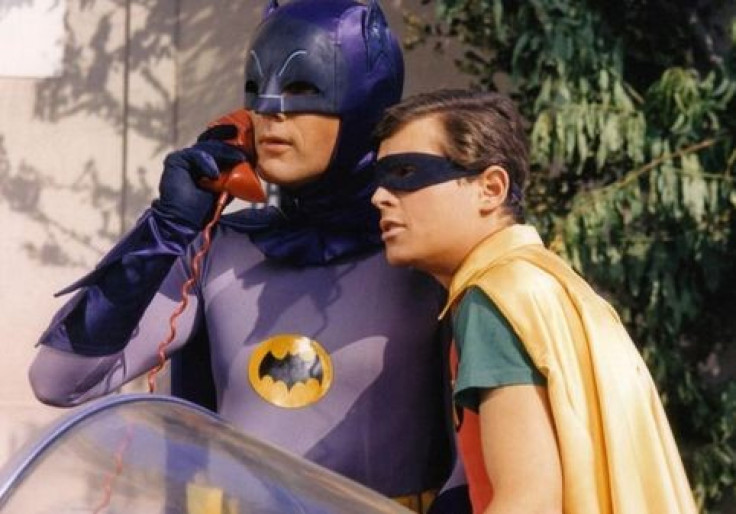The Moscow-Washington ‘Hotline’:” Remembering A Cold War Icon 49 Years Later

Forty-nine years ago Friday one of the most famous and enduring symbols of the Cold War came into being.
The United States and Soviet Union installed the 24-hour-a-day “hot line” communication system so that the leaders of the world’s two most dominant superpowers and nuclear players could quickly contact each other in order to prevent World War III from erupting accidentally.
The idea for the instant communication device arose in the wake of the Cuban Missile Crisis the prior year – which saw Moscow and Washington very nearly enter into a cataclysmic nuclear war. (During that dangerous period, communications between the two rivals could take up to 12 hours – long enough to result in possible miscommunication that could have sparked an unprecedented conflagration).
Moreover, in the beginning the “hot line” was not a telephone, but rather teletypes and a duplex wire telegraph circuit. (Indeed, in the beginning there was no voice element at all, over worries that verbal communications could easily lead to misunderstandings and potential gaffes).
The Kremlin installed an American teletype machine to receive messages from the Kennedy Administration, while Soviet teletypes were put into the Pentagon (not the White House as some people mistakenly believed).
The Americans and Russians also had to exchange encoding devices so each side could decipher the messages coming in (so, in effect, communications were not really “instantaneous” since they had to be translated).
Also, since the messages were transported by a transatlantic cable 10,000 miles long, security precautions had to be implemented in order to prevent the interception of messages by third parties.
The first message that Washington sent was the playful: "The quick brown fox jumped over the lazy dog's back 1234567890." (This seemingly inane message was employed because it used every letter in the alphabet and all the Arabic numerals).
The “hot line” was first used for a serious purpose during the Six-Day War in 1967 between Israel and Egypt. During that crisis, the US and Russia notified each other of their respective military maneuvers in the Middle East and Mediterranean (in order to ease any fears over provocative moves by either side).
By 1971, under President Richard Nixon, the hot line added a telephone, while the principal telegraph line was augmented by two satellite communication lines.
The “hot line” was used during a number of subsequent regional conflicts, including between the 1971 India-Pakistan War; the 1973 Yom Kippur War; when Turkey invaded Cyprus in 1974, and in 1979, when the Russians invaded Afghanistan.
Even after the Cold War ended, the hotline remains in effect between Moscow and Washington.
India and Pakistan also installed a similar “hot line” in 2004. The U.S. also has a similar communication arrangement with China.
On a lighter note, one of the most iconic devices of 1960s pop culture – the “bat phone” from the “Batman” TV series – was a spoof of the real “hot line” between Moscow and Washington. Another 1960s spy spoof, the US TV program, “Get Smart” also lampooned the hot line.
© Copyright IBTimes 2024. All rights reserved.











